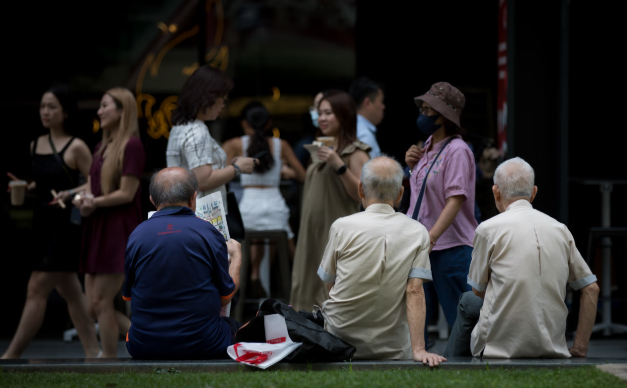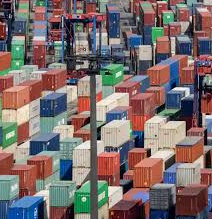Foreign Workforce Alleviates Economic Pressure of Ageing Population
Singapore’s old-age support ratio has dropped significantly in the past decade, as the ratio of working-age residents to elderly residents nearly halved, from six to 3.5 in 2024. This demographic shift means that fewer workers are available to support a growing elderly population, which could potentially lead to increased taxes on the working population. However, the inclusion of foreign workers has helped ease some of this pressure, as the ratio increases to 5.2 when foreign workers are accounted for.
The Ministry of Manpower’s (MOM) annual report revealed these figures on Nov 28, 2024, and highlighted that the old-age support ratio is expected to drop further to 2.7 by 2030, without additional measures. Manpower Minister Tan See Leng emphasized that while the government is working to help seniors remain in the workforce, it must also take a practical approach to supporting its aging population. He acknowledged that the country will need complementary foreign workers to maintain its economic stability and continue supporting the elderly population.
The report also highlighted a decline in labour force participation for the third consecutive year, dropping to 68.2% in 2024. While senior labour force participation has risen significantly, especially among those aged 65 to 74, the overall participation rate has been affected by the growing share of seniors, who typically have lower participation rates.
In terms of youth participation, there has been a decline among those aged 20 to 24, but this is attributed to the increasing trend of young people choosing to pursue higher education instead of entering the workforce.








